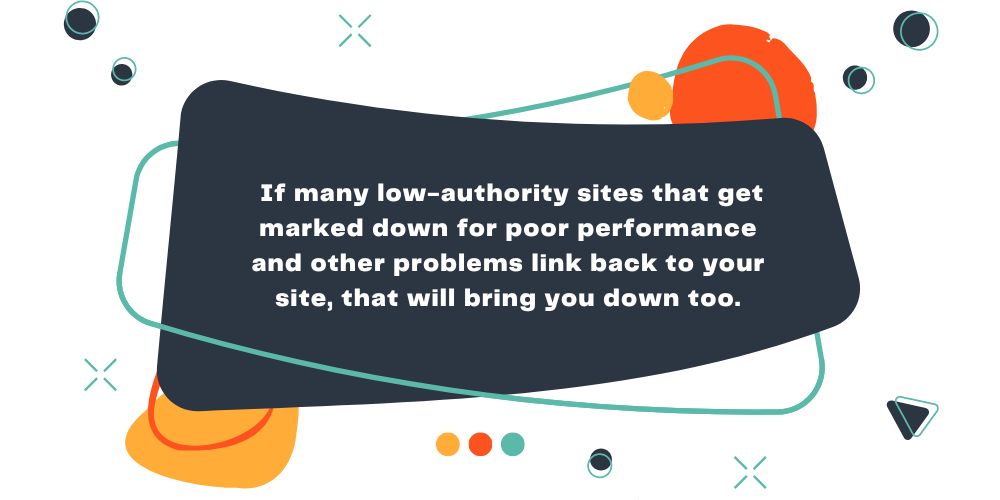How To Measure the Success of Your SEO Campaign: 5 Steps
Many companies are rather unsure of the general success of their SEO efforts. If you’re not measuring yours properly, you’re likely struggling too.
The use of SEO marketing is blowing up quite a bit these days. On top of not costing money on a regular basis like standard advertisements, it’s just about as easy to track as any PPC campaign. The only downside is it’s not quite as streamlined as paid ads since there’s much more that goes into it.
If you’ve been struggling to figure out what you need to do to effectively measure the success of your entire SEO campaign, then these steps will help guide you in the right direction. In no time, you’ll be on top of your SEO stats and be able to work on aspects of your campaign to push it in the direction you desire.

Figure Out Your End Goal
Before you can truly start, you need to determine your end goal for SEO. Obviously, you’ll have many plans you want to accomplish with this campaign, but you need to define one of them as the desired result. Knowing this will make it much easier to determine if the results you find in the following steps are effective or not.
If you haven’t figured out your exact goal, then you should decide now. You can use one of your general goals or create one from scratch. The key thing here is your plan needs to be specific and measurable. Having a vague objective, such as, “I want to increase my online sales,” isn’t something that has a quantifiable end. Instead, you could say something like, “I want to achieve 10,000 online sales by the end of the year.” This will give you an actual target to shoot for.
Of course, reaching that goal is only the beginning. SEO never truly ends. You need to set a new end goal after achieving your previous one.
Check Your Engagement Metrics
Now that you’ve determined your objective, we’ll get into the various methods you can use to measure how close you are to it. Some of these engagement metrics won’t directly help with whichever goal you’ve set up, but they’ll still provide valuable information that can help you tweak your SEO efforts.
Bounce Rate
One of the most important stats to keep an eye on is your website’s overall bounce rate. This is when many people leave your site without going to any additional pages. Whether it’s because the title and description were misleading, the webpage was challenging to navigate, or the info and design weren’t appealing, having a high bounce rate doesn’t reflect well on your company.
Search engines recognize this trend and will stop recommending your website if a large majority of people leave it fairly quickly. This can have devastating effects on your SEO. Do keep in mind, though, that you will always have some percentage of a bounce rate. You just need to make sure it doesn’t spike at any point. If it does, use the other metrics here to determine the source of the issue and fix it as quickly as possible.
Scroll Depth
Whether your website visitors never leave the first page or deeply explore your site, one stat that’s good to look at is each page’s scroll depth. This will help you determine how helpful and engaging parts of your site are. If most people make it to the bottom of your page, there’s a good chance that you won’t have to make any changes to it.
On the other hand, if many people leave your site after barely scrolling through the current page they’re on, they’ll likely lose interest. A lack of scrolling isn’t always a cause for alarm, though. It could mean that they quickly found what they were looking for and moved on to the next page.
Time on Page
Of course, the time they spend on the page is relevant too. A quick page scroll followed by an exit out of the site is usually not a good sign. People are pretty fast at skimming content these days, so when they don’t spend enough time on your page or your website as a whole, that doesn’t necessarily mean they didn’t give you a chance.
They might have just quickly determined that what you’re offering wasn’t for them. Many people typically use this metric mixed with the scroll depth to better determine which pages struggle to retain potential customers.
Conversion Rate
At the end of the day, the most vital metric is your site’s conversion rate. How many visitors are turning into customers? This will help you have the clearest vision of the effectiveness of your campaign.
However, conversion rate deals with more than just sales. It can show how many people signed up for your email updates or who created an account on a particular day. While important, this stat shouldn’t be the only one you look at when measuring your online success.

Determine the Quality of Your Traffic
A key thing to note from all these metrics is none of them mean a whole lot on their own. You have to put them all together to determine if your site is achieving the quality level of traffic it needs to thrive. If most of your visitors don’t stay for very long and leave before visiting more of your site, especially any product pages, there’s a good chance you’re attracting the wrong customer types.
Not all traffic is good traffic. And as we previously stated, search engines will recognize this and penalize you for it. To fix it and find some higher-quality consumers, you need to take a step back and narrow your targeting techniques.
Look Into Keyword Rankings
You should look at your target keywords when you want to adjust who’s coming to your site. These are the words and phrases that people use to find you in the first place, and if your site’s metrics are slipping, it’s probably because you’re using the wrong ones.
But how do you determine this? Well, you need to have a program that can track which kinds of people are searching for specific keywords. Many SEO tools on the market have this kind of functionality. While some might question if these SEO tools are worth it, we’d argue that they’re invaluable for this step in the process, as well as many others.

Make Sure You Have Worthwhile Backlinks
Once you’ve determined whether your keywords are your problem, there’s one final step you need to take to measure the success of your SEO campaign: checking the backlinks that lead to your site. Most of the time, having other sites link back to yours is good. Not only does it increase the amount of traffic you might get, but search engines recognize it and promote your site as a trusted source of information.
Of course, that only happens if these sites are relevant or have high authority. If many low-authority sites that get marked down for poor performance and other problems link back to your site, that will bring you down too. The best way to check this is by looking at your spam score. The higher it is, the worse your rankings will be as a result.
The best way to combat this is to make sure your stand out as a reputable source that offers a high-quality product. The more that high authority sites backlink to you, the easier it will be for them to dwarf the lower ranking ones, proving your worth naturally.
If you want to actively boost your numbers a bit on this scale, you can try to form partnerships with some of the companies that have helped you out. You can let them know you’re doing everything you can to increase your link authority, but the best way to do this is to give them something back in return. You can backlink to them with your own site or even offer to write content for them from time to time. It’s very much a give-and-take system, but it certainly helps produce favorable results.
